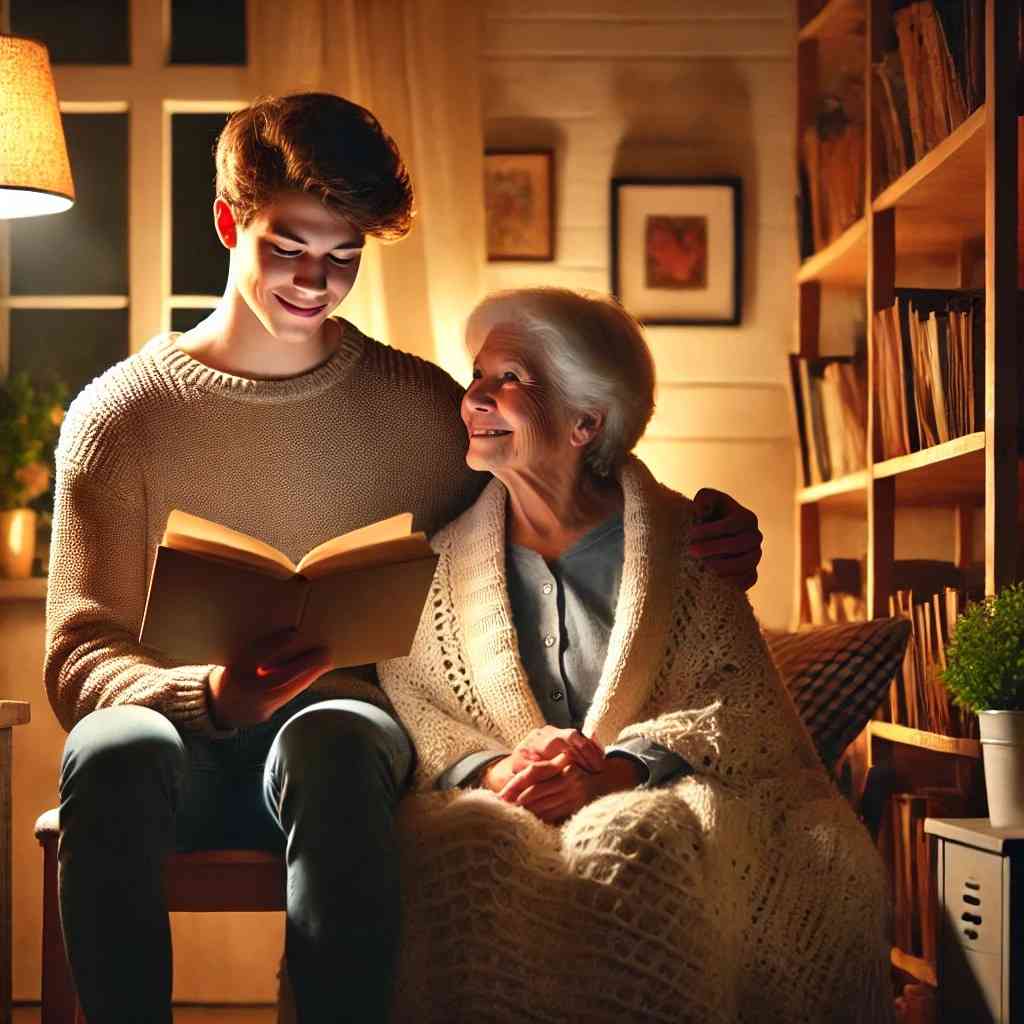The man shook the other man’s hand and the man smiled at the man – this was the secret to a better life and Kindness. Greetings to the mighty world of love and gentle words – actions that heal the spirit and create shields for the physical self against the torment of time and pressure. On the physical level, we know that honey boosts our immune system, just as we are beginning to realize that acts of kindness knit strongly woven fabrics of society. It’s time to jump into the science and stories that show how much these lesser-known superheroes matter.
The Science of Kindness:
Kindness and care trigger measurable physiological changes in the body. People are often kind by performing some form of an action that causes the brain to release oxytocin (Oxytocin is a natural hormone that stimulates uterine contractions in childbirth and lactation after childbirth), commonly referred to as the ‘love hormone’ as it dramatically reduces blood pressure and is heart-friendly. Experiments with the brain show that there is an upsurge of the neurological connection in a specific part of the brain that is related to reward when people are being kind to others.
Mental Health Benefits:
Diving into the mental health spectrum, kindness acts like a balm for many psychological ailments. Participating in loving actions has been shown to greatly decrease these levels of anxiety and depression as Sussex University has discovered. Observations in the study embraced subjects who were followed up on their negative emoting after engaging in a practice of kindness activities. This research result is associated with the hormone called serotonin which is responsible for maintaining a state of mind, well-being, and happiness.
Physical Health Benefits:
Compassion and care are not just virtues; they are pathways to physical well-being. Comprising hormones, oxytocin popularly referred to as the ‘love hormone’ helps in regulating blood pressure and hence heart health, when the body is involved in performing acts of kindness. Though related, a considerable body of literature has suggested that those exposed to caring activities could have fewer healthcare risks and live longer. For instance, in a University of British Columbia study, people who engage in acts of kindness were found to have reduced levels of pain and inflammation because the acts caused the release of endorphins, the body’s natural pain fighter.
Social and Community Impact
Besides benefiting one-on-one relationships, kindness creates a web of relations toughening overall communities. Such gestures can improve the individual’s feeling of place because acts of kindness establish and strengthen relations. This is particularly constructive within the present express manner of construing the modern world’s scourge of loneliness and social isolation. In another article from Harvard Health, the authors point out that people with strong social connections live longer, which proves the great communal values of kindness.
Real-Life Examples:
In the world, there are numerous examples of how benevolence changed the fate of people. Think about the community in Vermont that comes together to provide a family with a major home makeover when they are buried in medical bills. Or the innumerable, customers that get their cup of coffee and make payment alongside the next person in line. Such actions not only positively affect the recipients and give them joy and relief but also cause the individuals to pay the kindness forward in turn.
Practical Tips:
When suggesting a way of integrating kindness into people’s everyday experiences, one should begin by offering tiny actions. Hold the door open for someone in a store, wave to the postman, say a polite word to the janitor. Every gesture, however minor, is part of this big picture we strive to present which entails taking care of one another. Support schools, workplaces, and communities to participate in kind acts like having a kindness calendar where people do acts of kindness to others in the schools, workplaces & communities/ Having a day where people help others in the schools, workplaces, and communities.
Conclusion:
In our everyday social interactions, these interactions might be minor acts of kindness or caregiving that would have major consequences on people’s physical health and psychological well-being as well as their social networks. When including more compassionate behaviors into everyday life, not only do we create a better life for ourselves, but also for all of society. So, why not start today? Send the waves of kindness around the world and let it bring positive changes in people’s lives.



